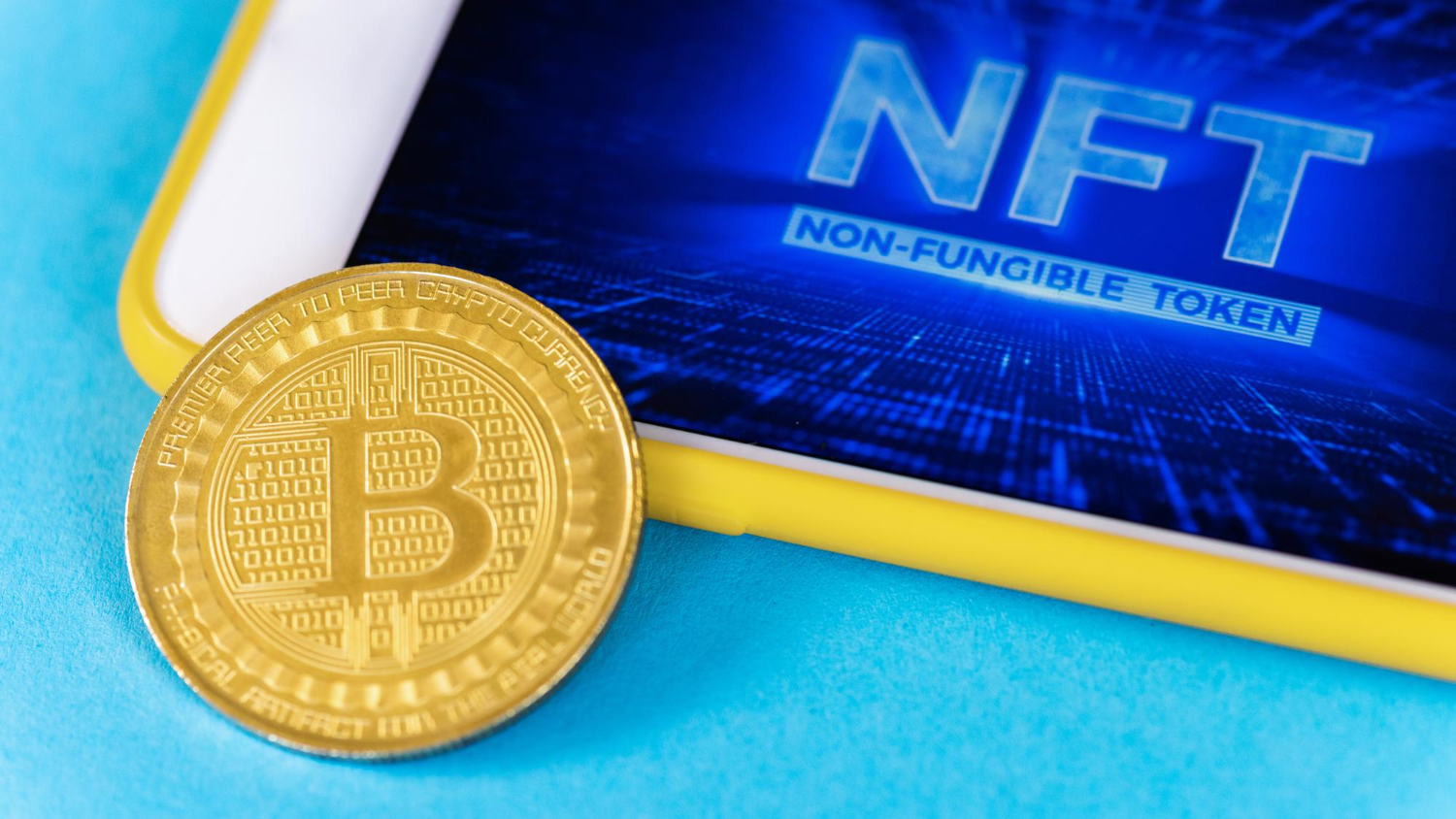The digital art world is evolving. It’s embracing a new form of ownership and exchange: NFT artworks.
NFTs, or Non-Fungible Tokens, are unique digital assets stored on a blockchain. They’ve become a game-changer in the art industry.
But how does one create and sell these NFT artworks? What steps are involved in this process?
This guide will walk you through the journey of creating and selling your own NFT art. From understanding the concept of NFTs to minting your digital art and engaging with the NFT community.
Whether you’re a digital artist, a crypto enthusiast, or simply curious about this new trend, this guide is for you. Let’s dive into the world of NFT artworks.
Understanding NFT Artworks
NFTs stand for Non-Fungible Tokens. They are a type of digital asset.
Each NFT is unique and can’t be replaced with something else. This is unlike cryptocurrencies like Bitcoin, where each coin is identical to the other.
NFTs are part of the Ethereum blockchain. They are individual tokens with extra information stored in them.
This extra information is what makes each NFT unique and verifiably scarce.
The Role of Blockchain in NFT Art
Blockchain technology is the backbone of NFTs. It provides a public ledger for all transactions.
This ledger ensures the authenticity and ownership of each NFT. It’s impossible to forge an NFT thanks to blockchain.
Blockchain also allows for the creation of smart contracts. These automate the sale and transfer of NFTs.
What Makes NFT Art Unique?
NFT art is unique because of its digital ownership. When you buy an NFT, you gain ownership of a unique piece of data on the blockchain.
This doesn’t mean you own the copyright to the artwork. But you do own a “token” that proves your ownership.
This concept of digital ownership is what sets NFT art apart from traditional digital art.
Preparing Your Digital Art for NFTs
Before you can mint an NFT, you need to create your digital artwork. This can be anything from a digital painting to a GIF.
The only requirement is that it must be in a digital format. This is because NFTs exist on the blockchain, which is a digital ledger.
by Efe Kurnaz (https://unsplash.com/@efekurnaz)
Once your artwork is ready, you need to ensure its authenticity and originality. This is crucial in the NFT world.
Creating Your Digital Artwork
Creating digital art for NFTs is similar to creating any other digital art. You can use any digital art software.
Some popular choices include Adobe Photoshop, Procreate, and Blender. The choice of software depends on your style and the type of art you want to create.
Remember, the art you create will be tokenized as an NFT. So, make sure it’s something you’re proud of.
Ensuring Authenticity and Originality
Authenticity and originality are key in the NFT world. Buyers want to know they’re purchasing original work.
To ensure this, only mint art that you’ve created yourself. Don’t use copyrighted materials unless you have permission.
Also, consider adding a digital signature to your work. This can help prove it’s your original creation.
Minting Your NFT Artworks
Once your digital art is ready, it’s time to mint it. Minting is the process of turning your digital art into an NFT.
This is done on the blockchain. It’s like creating a digital certificate of ownership for your art.
by Markus Spiske (https://unsplash.com/@markusspiske)
Remember, minting an NFT can incur a fee. This is known as a gas fee. It’s the cost of doing a transaction on the blockchain.
Setting Up a Crypto Wallet
Before you can mint an NFT, you need a crypto wallet. This is where you’ll store your NFTs and cryptocurrencies.
There are many wallets to choose from. Some popular ones include MetaMask, Trust Wallet, and Coinbase Wallet.
Choose a wallet that is compatible with the NFT platform you plan to use. Also, ensure it supports Ethereum, as most NFT transactions are done in this cryptocurrency.
Choosing the Right NFT Platform
There are many platforms where you can mint and sell NFTs. Some popular ones include OpenSea, Rarible, and Mintable.
Each platform has its own features and fees. So, do your research before choosing one.
Consider factors like user interface, community, and the type of art that sells well on the platform.
Uploading and Minting Process
Once you’ve chosen a platform, you can upload your art. You’ll need to provide some information about your art. This is known as metadata.
After uploading, you can mint your NFT. This process varies by platform, but usually involves confirming the transaction in your wallet.
Remember, minting incurs a gas fee. So, ensure you have enough Ethereum in your wallet.
Pricing and Selling Your NFT Art
Now that your NFT is minted, it’s time to sell it. But first, you need to set a price.
Pricing NFTs can be tricky. It’s a balance between your valuation of the art and what buyers are willing to pay.
by Debby Hudson (https://unsplash.com/@hudsoncrafted)
Remember, the NFT market can be volatile. Prices can fluctuate rapidly. So, keep an eye on market trends.
Understanding Gas Fees and Pricing Strategies
Gas fees can impact your pricing strategy. These are the costs of doing transactions on the blockchain.
They can vary based on network congestion. So, minting and selling when the network is less busy can save you money.
Also, consider the royalties you’ll earn from secondary sales. This can allow you to price your NFTs more competitively.
Listing and Marketing Your NFT Artworks
Once you’ve set a price, you can list your NFT for sale. You can choose to sell at a fixed price or auction it.
Marketing your NFT is crucial. Use social media, art forums, and NFT communities to promote your work.
Remember, storytelling can add value to your NFT. So, share the inspiration and process behind your art.
Also, engage with potential buyers. Answer their questions and thank them for their interest. This can build a loyal following for your work.
After the Sale: Royalties and Community Engagement
Selling your NFT is just the beginning. There’s more to explore in the NFT world.
by RhondaK Native Florida Folk Artist (https://unsplash.com/@rhondak)
One of the unique aspects of NFTs is the ability to earn royalties. This happens when your artwork is resold.
Also, being part of the NFT community can open up new opportunities.
Earning Royalties from Secondary Sales
When your NFT is resold, you can earn a percentage of the sale. This is known as a royalty.
The percentage varies by platform. But it’s usually between 10% and 30%.
This means you can continue to earn from your artwork long after the initial sale.
Building and Engaging with the NFT Community
The NFT community is vibrant and diverse. It’s a great place to learn, share, and grow.
Engage with other artists and collectors. Participate in discussions and events.
Remember, your success in the NFT world is not just about selling. It’s also about being part of a community.
Conclusion: The Future of NFT Artworks
The world of NFT artworks is still in its early stages. Yet, it’s already making waves in the art and tech worlds.
As technology evolves, so will the ways we create and sell NFTs. This opens up exciting possibilities for artists and collectors alike.
So, whether you’re an artist or an enthusiast, now is a great time to dive into the world of NFT artworks.



